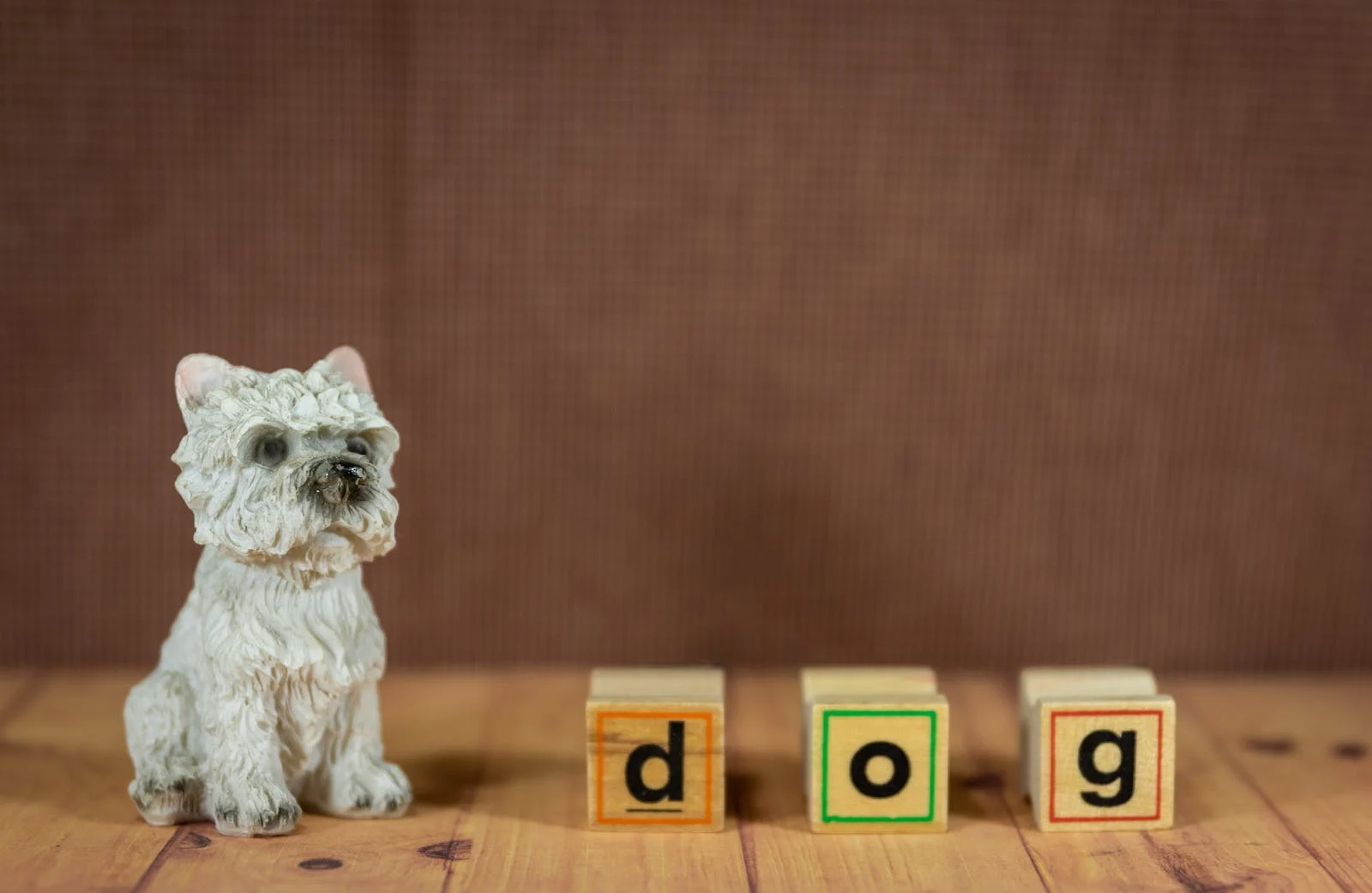Disadvantages of Plush Toys: Exploring the Downsides of Cuddly Companions
Introduction To Disadvantages of Plush Toys
It’s crucial to recognize the disadvantages of plush toys. Let’s uncover them for parents and guardians. plush toys, those adorable soft companions, have become an integral part of many childhoods. While they offer comfort, companionship, and a canvas for creativity, it’s essential to acknowledge that these cuddly toys come with their set of disadvantages.

Soft and Comforting but Allergen Concerns Linger
What are the disadvantages of plush toys? While adored for their softness, a notable downside is their propensity to harbor allergens. Dust, mites, and allergens can accumulate in the plush material, posing risks to those with sensitivities. Regular cleaning is imperative to address these concerns.
Maintenance Challenges: More Than Just a Hug
While plush toys offer warmth and comfort, they demand meticulous maintenance. From removing stains to preventing mould growth, keeping these companions clean can be a time-consuming task. Parents often find themselves grappling with the challenge of maintaining the pristine condition of their child’s favourite plush toy.
Limited Interactive Features: Are They Enough?
Looking at “What are the disadvantages of plush toys?” reveals that compared to modern interactive toys, plush toys might feel a bit boring for kids. As children get older, they want toys that help them imagine and learn more. But plush toys, with their limited interactive features, might not give kids the exciting play experiences they need for their brains to grow.
Environmental Impact: Beyond the Fluffiness
The production and disposal of plush toys contribute to environmental concerns. The materials used, often synthetic fibers, may not be eco-friendly. Additionally, the disposal of old or damaged plush toys raises questions about sustainability. Exploring alternatives made from recycled or biodegradable materials becomes imperative.
Safety Concerns: Beyond Cuddles, a Need for Caution
Choking hazards, a perennial concern with small detachable parts, are a prevalent issue with plush toys. Quality control is vital, as poorly constructed toys may pose risks to a child’s safety. Always check for child-safe standards and opt for toys that adhere to rigorous safety regulations.
Psychological Aspects: Can Plush Toys Impact Development?
While plush toys offer comfort, psychologists raise concerns about potential attachment issues and over-dependence. Children forming strong emotional bonds with their plush companions might struggle with social development. Balancing affection with exposure to diverse experiences becomes crucial for holistic development.

Affordability and Cost Factors: Evaluating the Investment
Plush toys come in a wide price range, and the affordability factor varies. While some consider them a worthwhile investment, others question the value for money, especially considering the maintenance and limited longevity of these toys. Exploring alternative toys within budget constraints becomes essential.
Consumer Reviews and Experiences: A Mixed Bag
Regarding Disadvantages of Plush Toys A quick browse through consumer reviews reveals a mixed sentiment about plush toys. While some applaud their role in comforting children, others express frustration with durability issues and allergen concerns. It’s crucial for parents to consider a range of experiences before making an informed decision.
Choosing the Right Plush Toy: A Guide for Parents
Selecting an appropriate plush toy involves considering factors like age appropriateness, quality indicators, and safety labels. Being informed consumers ensures that the chosen plush toy aligns with the child’s developmental stage and safety requirements.
Alternatives to Plush Toys: Thinking Outside the Stuffed Box
For those seeking alternatives, various options exist. From exploring other types of toys to embracing DIY creations and opting for eco-friendly alternatives, the world of play offers diverse choices beyond plush toys.
Industry Trends and Innovations: The Future of Cuddly Companions
As technology evolves, plush toys also witness innovations. Integrating technology, customization options, and predictions about the future of plush toys provide insight into the dynamic nature of this industry.
Caring for Plush Toys: Tips for Prolonged Cuddles
Extend the lifespan of plush toys by following simple care tips. From proper cleaning techniques to suitable storage, these measures ensure that these cuddly companions remain cherished for an extended period.
Balancing Playtime with Other Activities: A Parental Dilemma
Encouraging a child’s diverse interests involves striking a balance between plush toys and other play activities. Parents play a crucial role in guiding children towards a well-rounded playtime routine that fosters overall development.
Educational Aspects of Plush Toys: More Than Just Softness
While plush toys are often associated with comfort, some also offer educational benefits. Explore how certain plush toys contribute to learning, skill development, and educational play experiences.
Conclusion
In conclusion, plush toys bring joy and comfort to many, but it’s essential to weigh the disadvantages against their benefits. From allergen concerns to environmental impact, understanding these aspects allows parents to make informed choices for their children’s playtime.




Leave a comment